If you’ve ever wanted to more fully integrate yourself with technology, you might have to thank a team of researchers — led by [Michael McAlpine] — at the University of Minnesota in the near future. They’ve developed a technique that allows circuits to be printed directly onto your skin, with the team arguing — once the low-cost printer is modified for compact portability — it would be ideal for ‘on-the-fly’ circuit needs.
“But the hand isn’t exactly a stable print bed,” you say. We hear you, and the team is actually one step ahead — the printer can compensate for subtle movements during the printing process by tracking markers placed on the hand. The ‘filament’ is made from silver flakes — akin to conductive ink — which prints and cures at room temperatures, and can be either peeled or washed off. We should hope so, as it’s meant to be layered on human skin.
Speaking of which, it can also print cells!
It’s only been tested on a mouse so far, but the same technology that allows the printer to accurately track the hand means that it could use bio-ink to directly add cells to a wound or some other epidermal affliction to help speed the healing process.
For the circuits, though, you’ll still need the other circuit components and a compact means to power them — to say nothing about the fact that if the circuit is water-soluble, then a little perspiration would cause the ink to run. We’re excited to see where this tech goes!
[Thanks for the tip, Qes!]

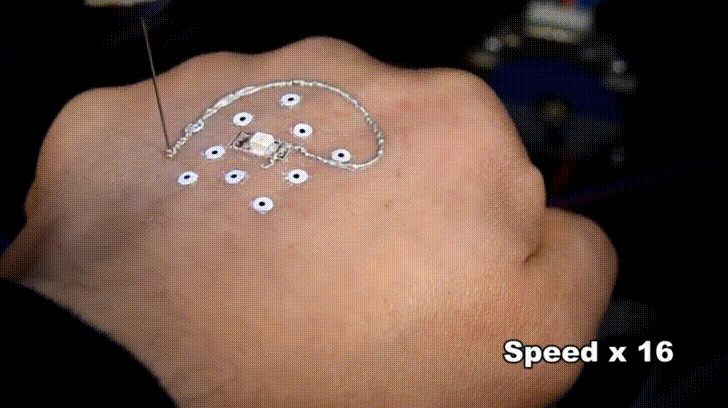







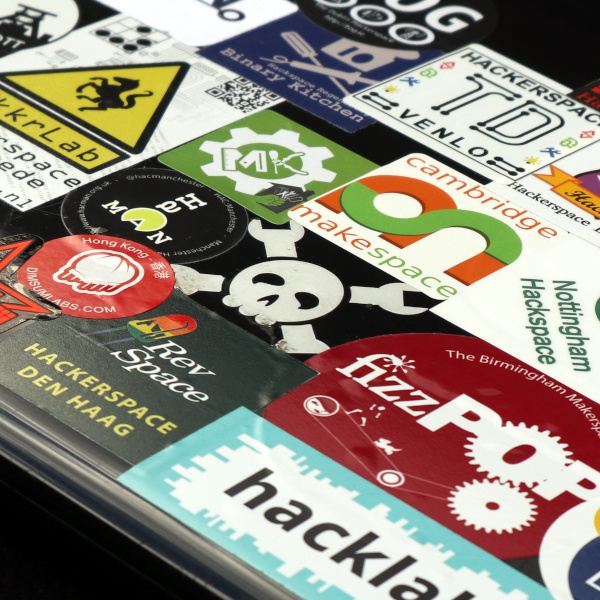

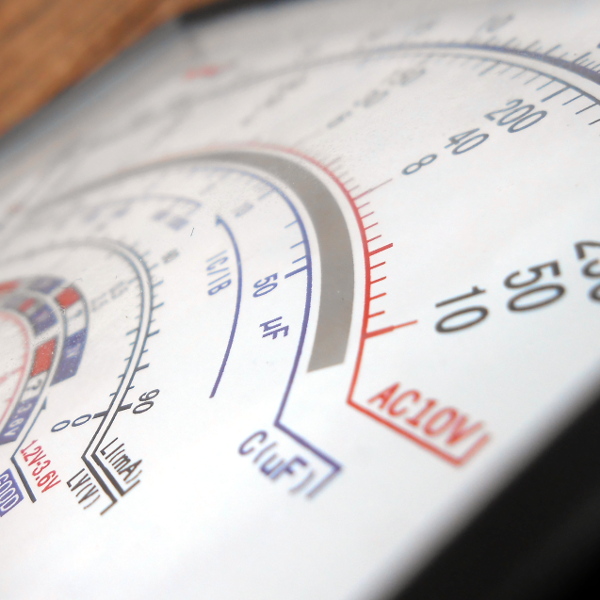

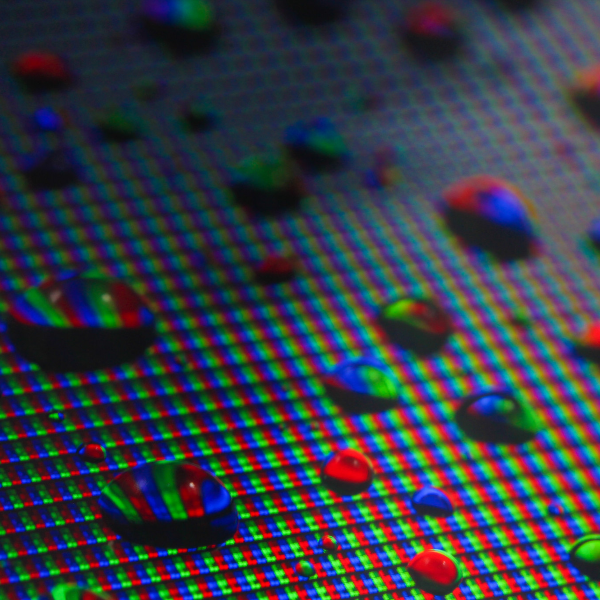
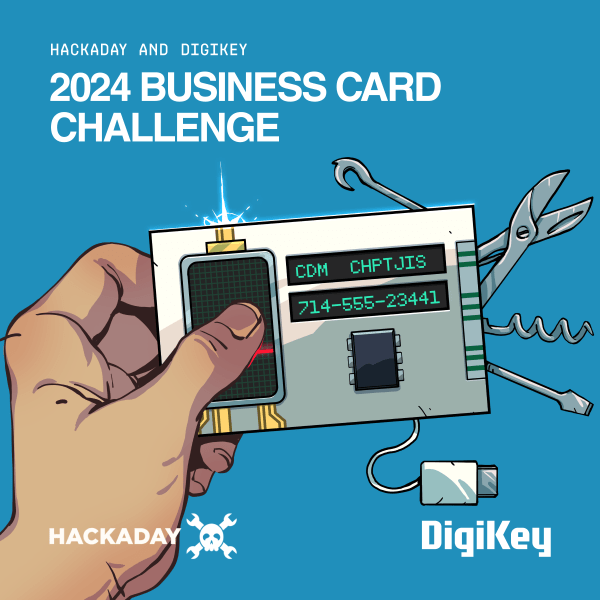
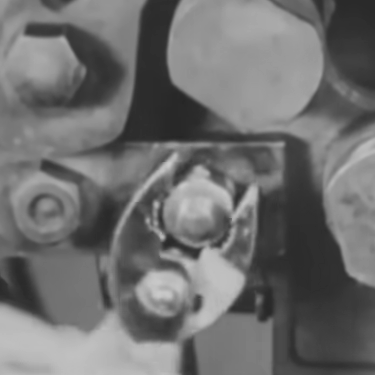

Similar but a good bit more permanent.
https://www.youtube.com/watch?v=euTsgTBHFwY
Dupe! https://hackaday.com/2018/04/29/3d-printing-electronics-direct-to-body/
Imagine getting LEDs on your fingernails! It gives a whole new meaning to “getting your nails did”.
It was a dumb idea the first time, and it’s still a dumb idea.
… Well no, actually this is on the back of one’s hand, not the palm. ;-)
Just add some vias.
Reminds me of Tom Scott’s fail as a Gadget Geek when he tried to use a reprap to tattoo a human arm.
https://youtu.be/DnLEG3kWSko
total and utter gimmick (therefore guaranteed to get more research funding).
https://www.utoronto.ca/news/u-t-researchers-develop-portable-3d-skin-printer-repair-deep-wounds
Similar, at least conceptually.
Soldering parts on must be fun /s
This sounds like something Bob Howard would use for an improvised Hand of Glory. Or maybe connect to his OFCUT-enabled ‘phone to summon some eaters.